Takehiko Nakafuji, White Noise of Chaos
In ‘White Noise’, the Japanese photographer takes us to a chaotic future marked by the Fukushima disaster.
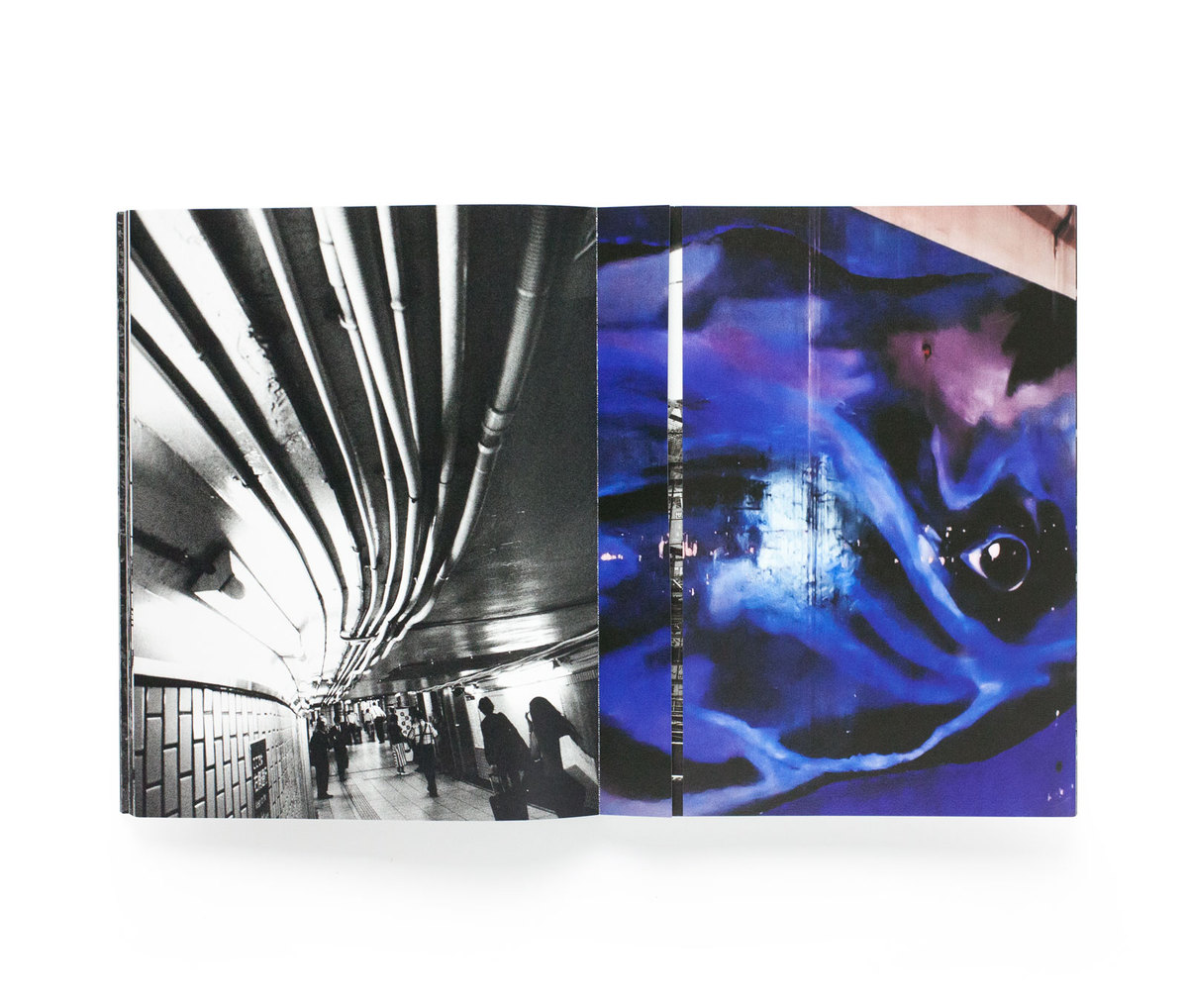
‘White Noise’ — © Zen Foto Gallery
Fukushima opened the door to a dark world. The 11th of March 2011 was the beginning of the end. While Japan has overcome the challenge of reconstruction, the consequences of the explosion at the Fukushima power station were not only material. According to Takehiko Nakafuji, the event marked the beginning of a dark, cold, and dehumanising period for Tokyo. Published in 2018 by the photographer, White Noise plunges us into this new era of chaos.
Born in 1970 in Tokyo, Takehiko Nakafuji graduated in photography from Tokyo University of the Arts, where he studied under Daido Moriyama. He has published numerous photo books in black-and-white documenting his travels in Eastern Europe, Cuba, and Russia and also runs the Gallery Niepce in Tokyo. In 2013, he was the recipient of the Special Photographer Award at Higashikawa international photography festival for his work Sakuan, Matapaan: Hokkaido.
Tokyo develops into a demon city
In White Noise, chaos is found in the structure of the work and its complexity, in the combination of papers used, the colours and styles; each page presents a hidden scene that is uncovered when the page is unfolded. ‘When I saw the video footage showing how the nuclear plant in Fukushima exploded, I felt that something had come to an end. It reminded me of the sandstorm-like white noise in analogue televisions when there are no broadcasts,’ explains the artist in a statement.
‘Tokyo was dark and sombre because it was powering down to conserve electricity. People had gloomy faces and wore anti-radiation masks as they wandered around as if afraid of something,’ he says. However, over time, life returned, hastened on by the imminent arrival of the Olympic Games. Yet Takehiko Nakafuji remained sombre, ‘Nothing about this energy seems positive to me – everything is nihilistic chaos.’ This attitude is translated through his shots of the streets of Tokyo, the crowds, the colours of the metro: everything that the city has become. ‘Life goes on and the conflict between the lively old streets and inhuman redevelopments continues, and Tokyo continues as a demon city of swirling energy, spinning out of control.’
While we often overuse the word ‘experience’ to describe the feeling of immersion given by a photo book or other forms of artistic production, it nonetheless seems apt here. White Noise reveals a world that may as well have been imagined by the most pessimistic among us, as the supporters of collapsology have been doing for decades now, yet Takehiko Nakafuji captures this as a reality.
Following a previous series depicting the world of Tokyo nightlife, entitled Night Crawler, Takehiko Nakafuji went on to develop Street Rambler, composed of street scenes and portraits taken in Russia, Eastern Europe, the United States, and Cuba over 15 years.
White Noise (2018), a photo album by Takehiko Nakafuji is published by Zen Photo Gallery .
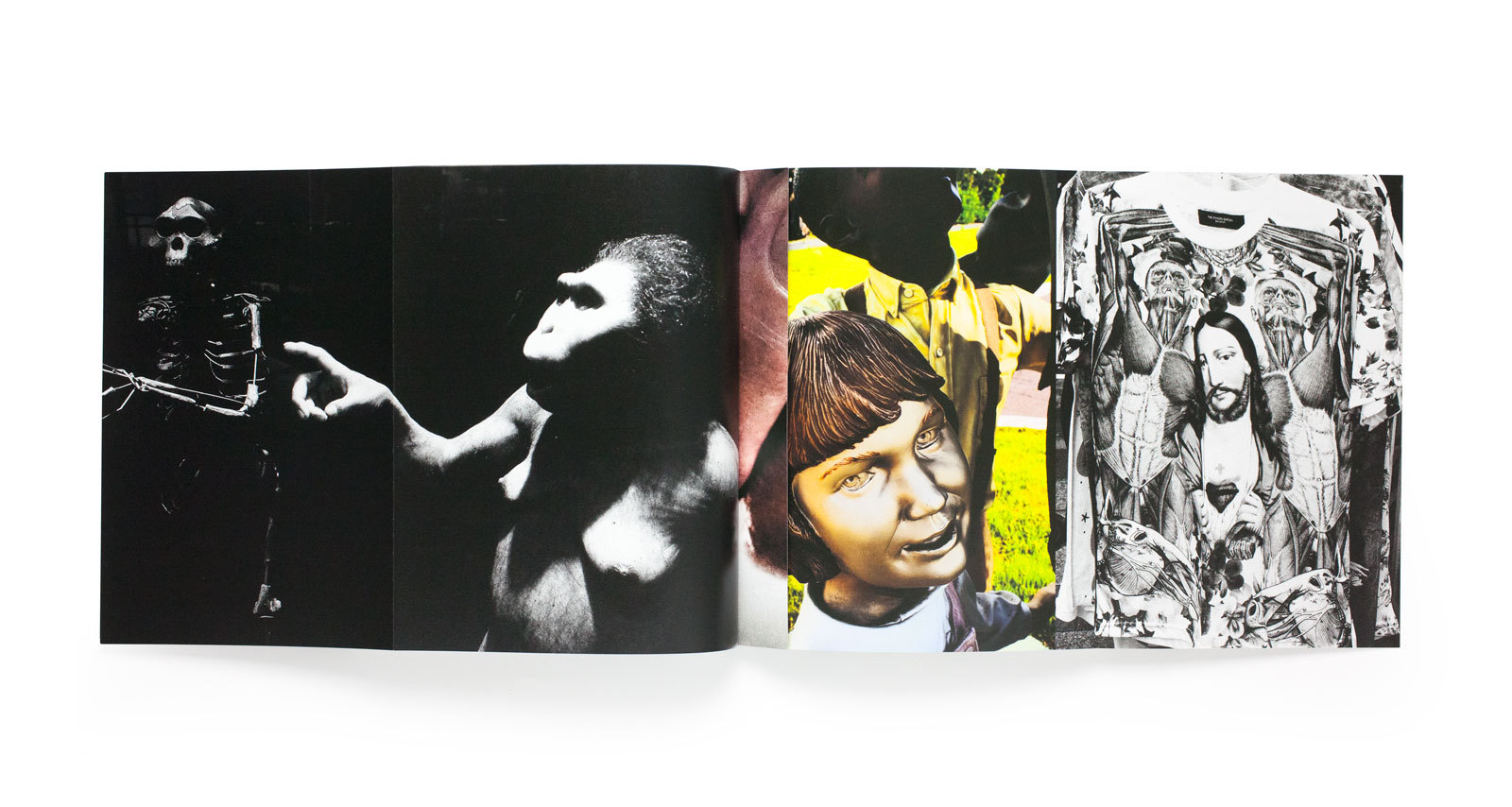
White Noise — © Zen Foto Gallery
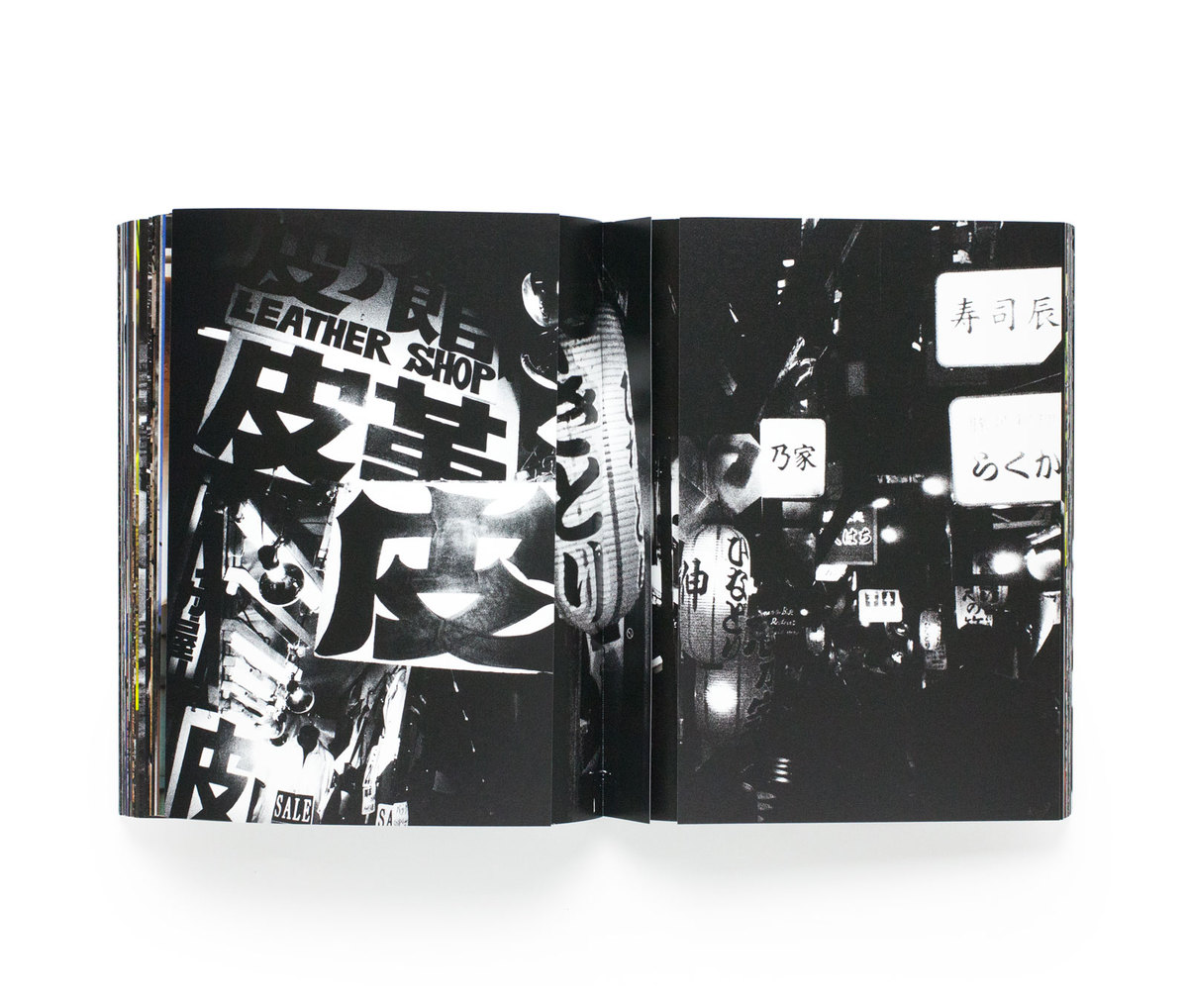
White Noise — © Zen Foto Gallery

White Noise — © Zen Foto Gallery
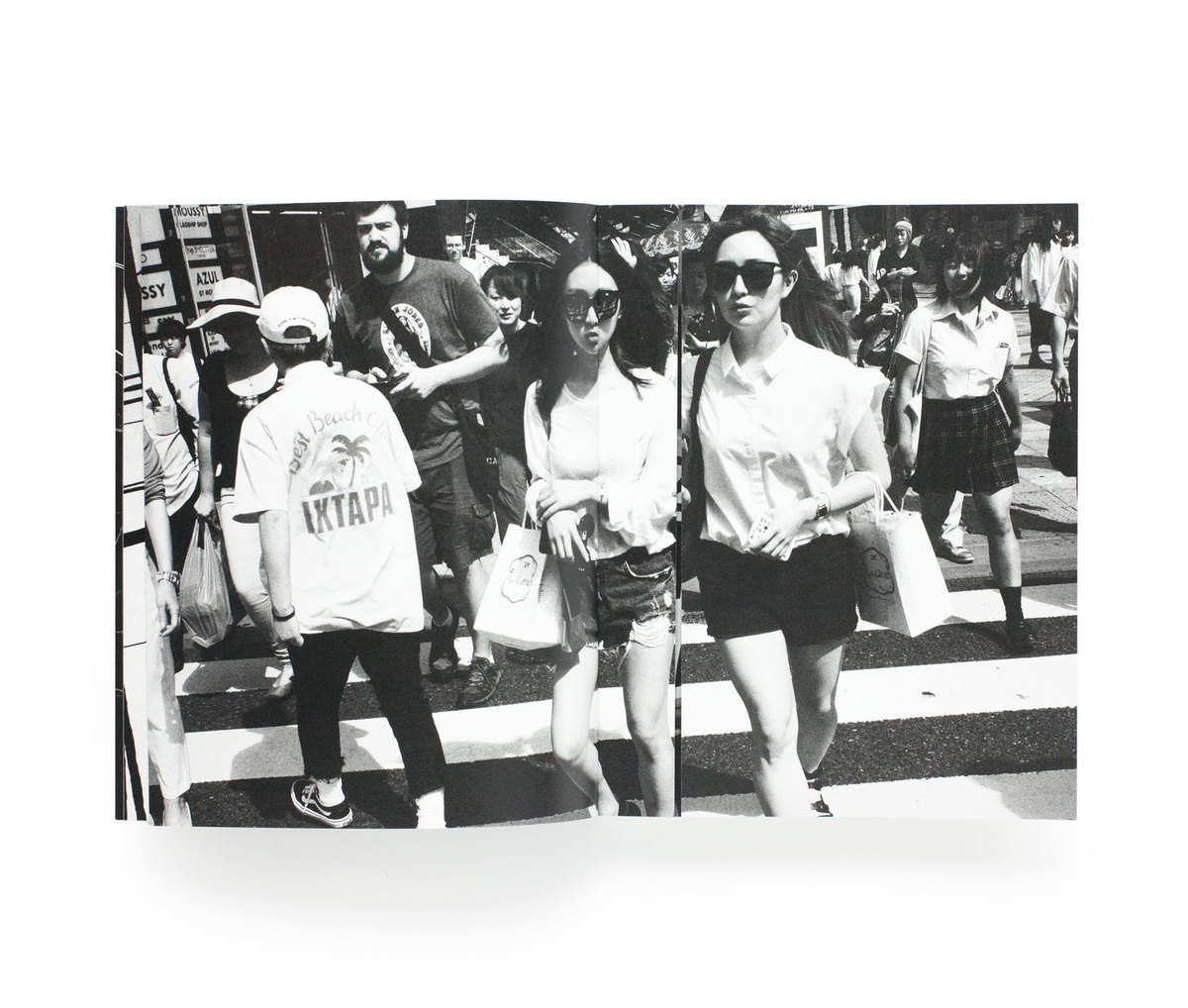
White Noise — © Zen Foto Gallery
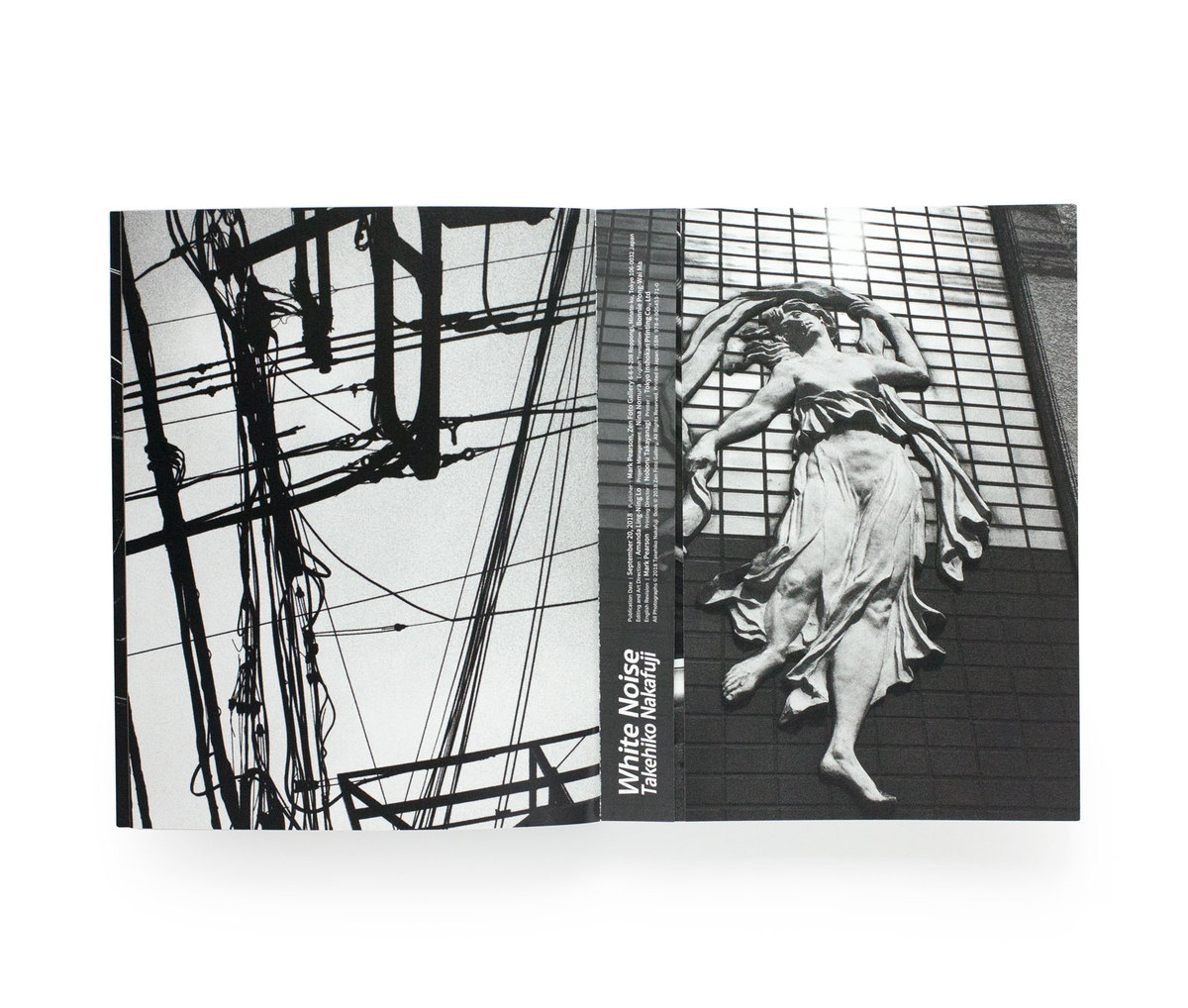
White Noise — © Zen Foto Gallery
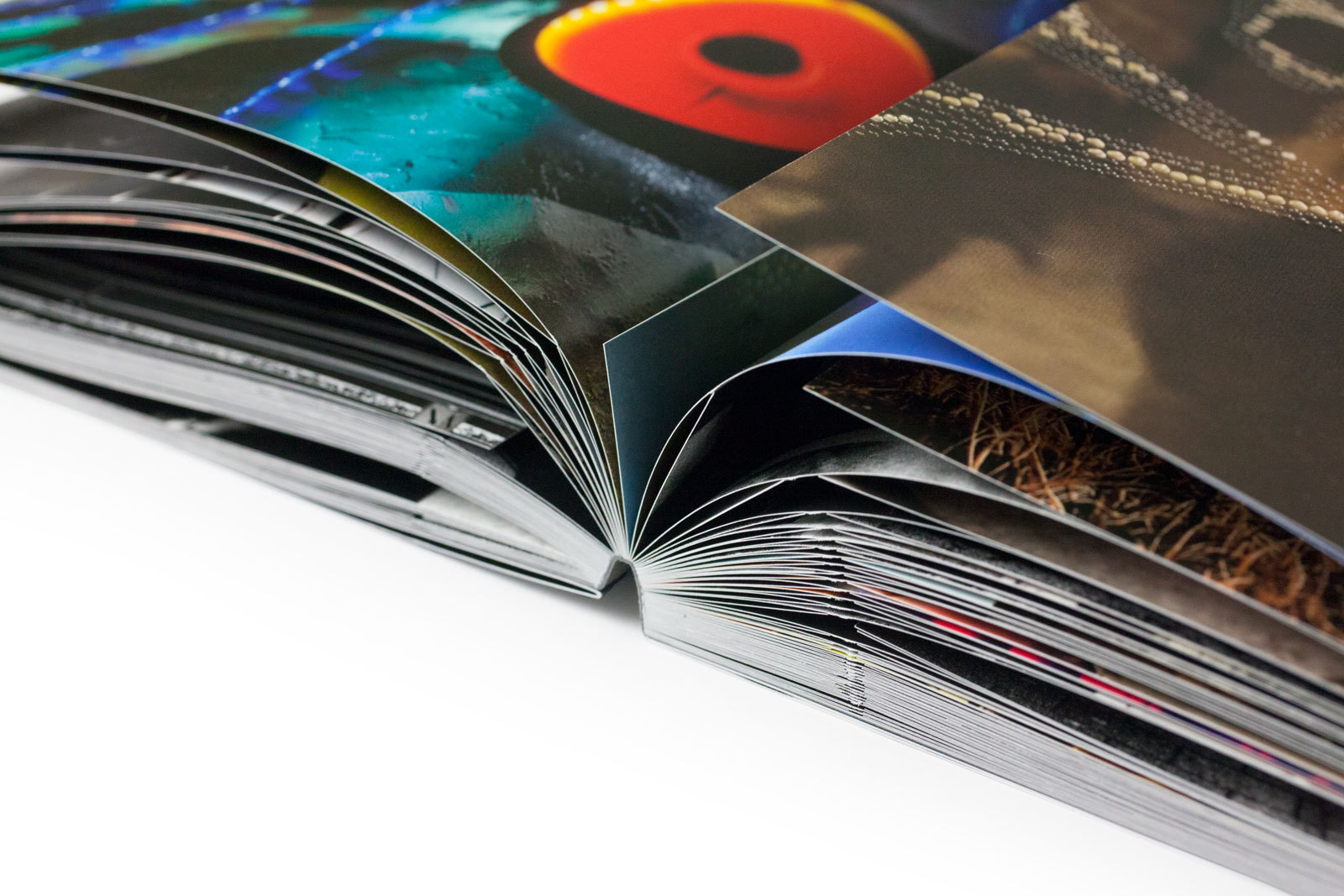
White Noise — © Zen Foto Gallery

White Noise — © Zen Foto Gallery
TRENDING
-
Hiroshi Nagai's Sun-Drenched Pop Paintings, an Ode to California
Through his colourful pieces, the painter transports viewers to the west coast of America as it was in the 1950s.

-
The Tattoos that Marked the Criminals of the Edo Period
Traditional tattoos were strong signifiers; murderers had head tattoos, while theft might result in an arm tattoo.

-
David Bowie Dressed by Kansai Yamamoto
The English singer was strongly influenced by 'kabuki' theatre and charged the Japanese designer with creating his costumes in the 1970s.

-
A Craft Practice Rooted in Okinawa’s Nature and Everyday Landscapes
Ai and Hiroyuki Tokeshi work with Okinawan wood, an exacting material, drawing on a local tradition of woodworking and lacquerware.

-
‘Seeing People My Age or Younger Succeed Makes Me Uneasy’
In ‘A Non-Conformist’s Guide to Surviving Society’, author Satoshi Ogawa shares his strategies for navigating everyday life.





